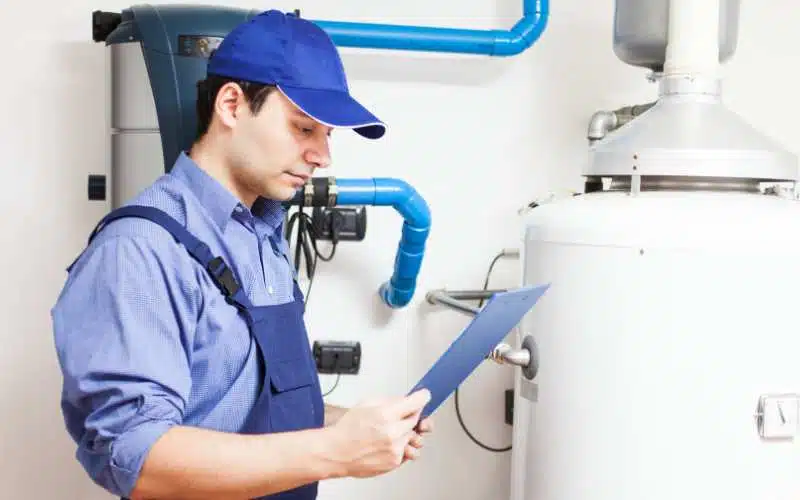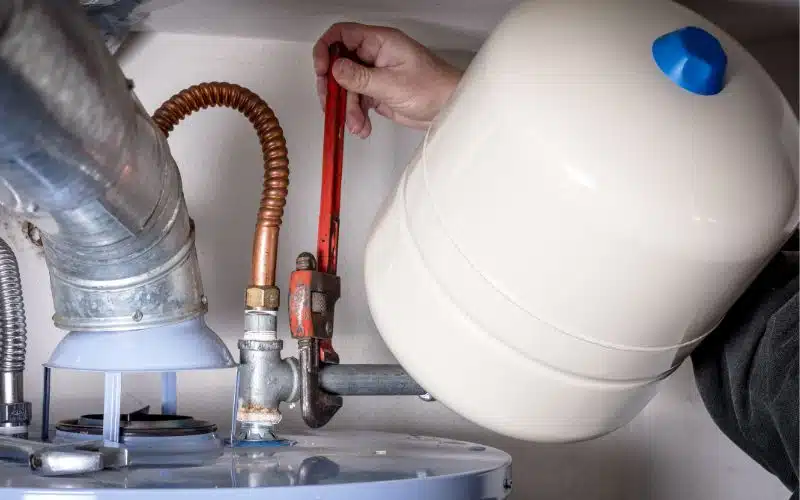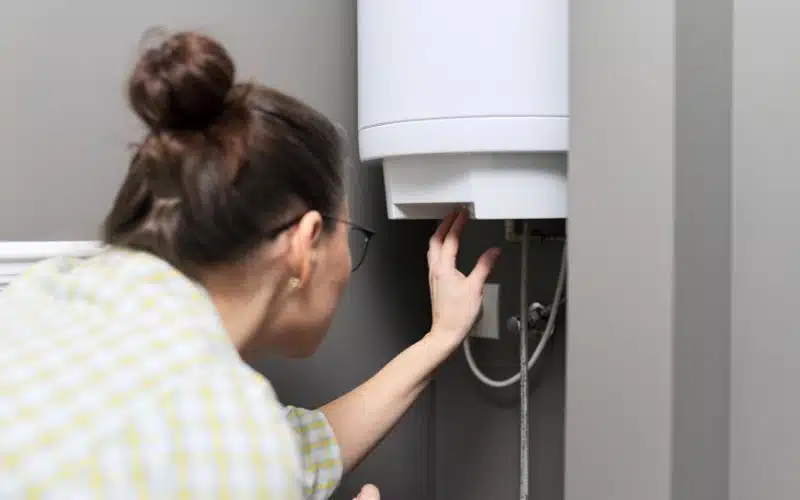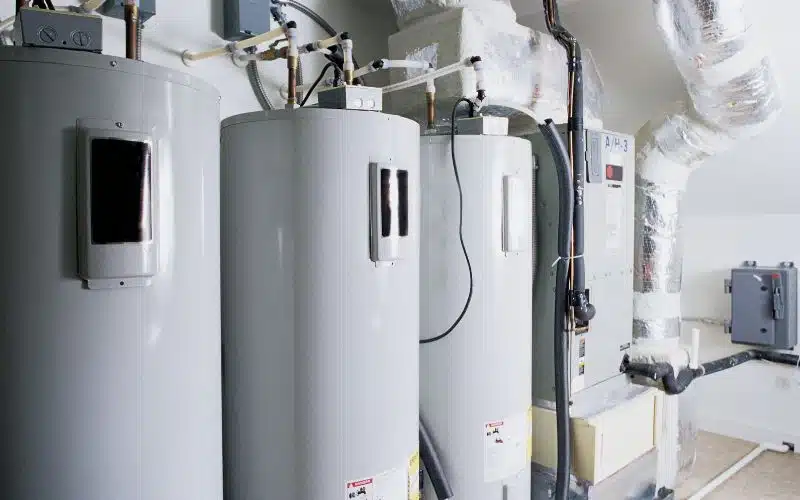Before selecting the wood you need for your wood-burning fireplace, you need to know the suitable wood.
Deciding which firewood to use is essential because the wrong firewood can be a health hazard.
However, most local fireplaces and wood stoves burn pine, while others claim it is dangerous. In this article, we will find out if it is possible to burn pine in a fireplace or not.
Like any other softwood, you can burn pine in your fireplace. However, you must season the pinewood below 20 percent before burning the wood in your wood stove or fireplace. Though burning pine gives off a sweet smell, burning the wood without drying will produce a cloud of toxic smoke that can put your health at risk.
Can You Burn Pine Cones in a Fireplace?
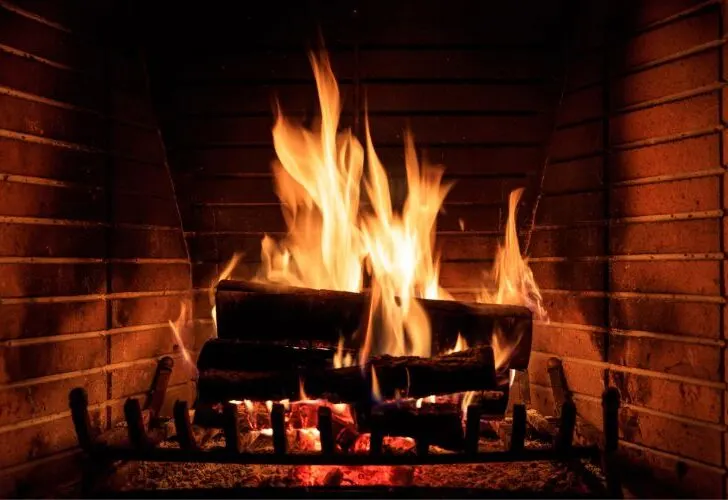
You can burn pine cones in a fireplace, though it is a more efficient ignitor if it is dry. Pinewood is a typical starter for outdoor fires and is also famous for its sweet smell.
Due to the high amount of resinous sap in the pinewood, it burns quickly and easily.
Before building fires with pine firewood, especially in an indoor fireplace, dry or season the wood properly to avoid breathing from the toxic softwood smoke.
Burning the pine in your fireplace without seasoning could create a creosote build-up in your chimney. Burning pine in your fireplace forms a black substance, creosote, inside your chimney.
This substance can weaken your chimney brick, create holes that attract rodents and insects into your chimney, and cause fire hazards.
However, if it is scorched, pine cones can be a good option for a firestarter for outdoor activity, a fireplace, or a wood stove.
You can also use pine cones as kindling by dipping them in beeswax and tying a candlestick wick around them or drying the pine cone and using it as is.
The moisture content of a pine cone can deter it from burning as it should. The moisture determines the pine wood’s strength.
You can use a moisture meter to check the moisture percentage in the wood before usage.
- HUMIDITY SENSOR: Our handy meter tool can quickly...
- WATER LEAK DETECTOR: Finding the moisture content...
- MOISTURE READER: The mold test features large 0.3"...
- MOLD TESTER: For an accurate test read, stick the...
Last update on 2024-01-05 / Affiliate links / Images from Amazon Product Advertising API
If the moisture content of the pine cone or wood is still high, burning it will cause environmental damage.
The high moisture content will make the wood burner with a lot of smoke and sparks that can be dangerous to your health and home.
However, if the moisture content in the pine cone is as low as 20 to 30 percent, it will burn efficiently and cleanly, with minimal damage to your health and environment.
Also, before you burn pine in your fireplace, it is essential that you reduce the moisture content by seasoning or drying it till it has at least 20 percent moisture content.
How to Seasoning a Pine Cone and Wood?
Freshly cut softwood often has about 60 to 200 percent moisture content. Therefore, seasoning the pine wood before burning it in your wood-burning fireplace is necessary.
Depending on how you want to use the pine wood, there are various ways to season it. Among various seasoning methods, air-drying is the most popular drying method for firewood.
This method involves piling the pine logs above the ground in an open outdoor area.
To use this method to dry your pinewood:
- Firstly, cut the pine woods into small logs to allow for quick drying. It should be small enough to carry and burn the pine in your fireplace.
- Pile the pinewood in an open area where the sun can reach and dry it. Stack the pinewood, so there is good air circulation.
- Protect the wood pile from getting wet by covering the stack and placing it on a platform or off the ground.
The drying process can take some time, depending on how much moisture content you want to get rid of and the weather condition of your area.
Can You Burn Pine Needles in a Fireplace?
You cannot burn pine needles in your fireplace unless you have permission from local authorities.
The restriction is because burning pine needles in your fireplace will expel chemicals like nitrogen and terpenes that are hazardous to human health.
To burn pine needles, you must plan it properly and consult your local authorities to get approval and prevent charges.
You can burn dry cones as alternatives to avoid putting your home and health at risk.
Can You Burn Pine Trees In a Fire Pit?
You cannot burn a pine tree in your fire pit due to the amount of existing moisture in the tree. The high moisture content can cause a messy burning and emit smoke in your home.
The needles on the tree are also harmful to burn. The coniferous needles emit highly toxic substances like nitrogen when you burn them.
Though the pine tree might look withered and dry, its inner moisture content is still dry and requires drying to burn appropriately.
However, burning a tree can create a corrosive tar-like substance called creosote.
The corrosive substance, creosote build-ups in your chimney or fire pit, damages your fire pit and becomes a fire hazard if you do not control it.
Is It Safe to Burn Pine in My Fireplace?
It is safe to burn pine in your fireplace or wood stoves. However, you must dry the wood to get rid of about 70 percent of the moisture in the wood.
If you burn wet pine in your fireplace, it will cause a build-up of creosote in your chimney, Sparks, or popping that can cause a fire accident.
Dry pine wood or cones are excellent fire starters and safe for your fireplace. However, burning pine firewood in your fireplace can be harmful due to its high sap and moisture content.
Therefore, you must dry your pinewood to make it safe for burning.
Is Pine Toxic When Burned?
Pine is toxic when you burn it without drying it properly. In addition, wet pine wood produces creosote when you burn it.
This substance prevents the easy flow of smoke from your fireplace, leading to a build-up of carbon monoxide in your chimney. These gasses can flow into your home, causing damage to your health.
You can have health problems like respiratory issues, skin and eye irritation, and possibly cancer.
The creosote build-up can also cause fire hazards over time. Creosote has tar-like properties, explosive and dangerous if it comes in contact with flames.
Benefits and Drawbacks of Using Pinewood as Firewood
| Benefits | Drawbacks |
|---|---|
| It has a pleasant aroma | It is sappy and highly resinous |
| Easy to light | Produces less heat than other types of firewood |
| It makes a good kindling | Pops and sparks while burning |
| It gives quick hot flames | It has low-quality coal |
| Smells good | Due to the high number of knots in the wood, it is difficult to cut. |
What Kind of Wood Should Not Be In a Fireplace?
It would be best to keep poisonous plants, trees, greenwood, or treated wood away from your fireplace. Wood is a good fire starter and can keep your home warm and cozy during cold winter.
Although these fires are comfortable for both indoor and outdoor use, they can go bad if you put the wrong type of wood inside the fire.
Your fireplace is a good source of warmth and heat and should not emit harmful substances. Therefore, you should put foreign materials and wet or toxic woods into your fireplace.
Here are some of the woods and foreign materials you should not burn in your fireplace:
#1. Greenwood
Greenwoods refer to newly cut wood that you have not dried or processed. When you cut down a tree, allow the wood to dry for seven to ten months before burning it in your fireplace.
Freshly cut woods contain sap and high moisture quantity and can be harmful if you burn them without drying the wood.
#2. Treated Wood
When you burn wood that is painted or has undergone any treatment, it releases toxic chemicals. Lumber companies treat most woods to resist insect infestations.
However, these types of wood contain chemicals like copper, nitrogen, and other adhesives that release toxic smoke when you burn it in your fireplace.
#3. Driftwood
Driftwood from salt waters is harmful to burn due to its high saltwater content. The wood releases bright flames and poisonous smoke.
Other woods and materials you should not burn in your fireplace or wood stove include:
- Large sizes of wood
- Evergreen wood
- Softwood
- Poisonous woods
- Oleander
- Cardboards
- Plastics
- Accelerants
- Clothes
Conclusion
You can burn pine in your fireplace though it is better to use the softwood as a firestarter and use another wood to keep the fire in the chimney going.
Before burning pinewood in your fireplace, reduce its moisture content by drying the wood in an open space for about seven to ten months.

